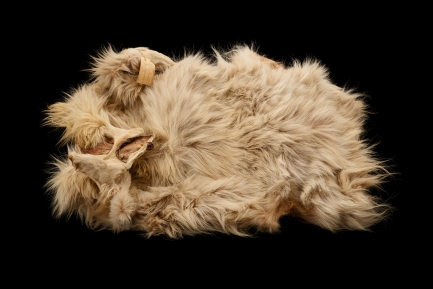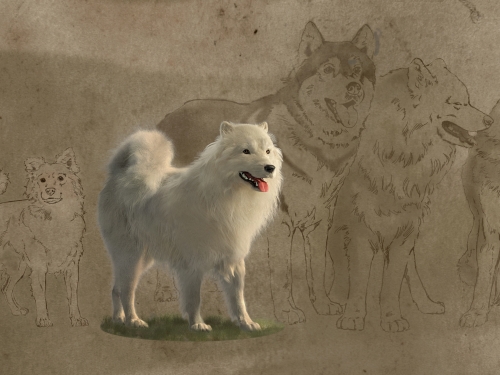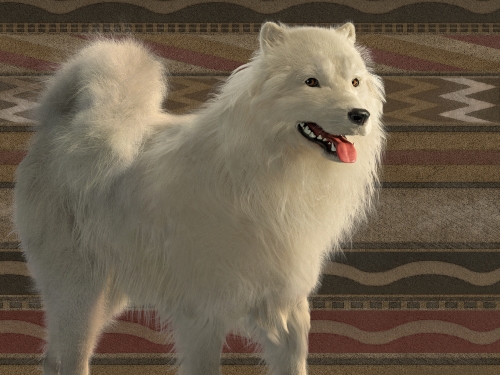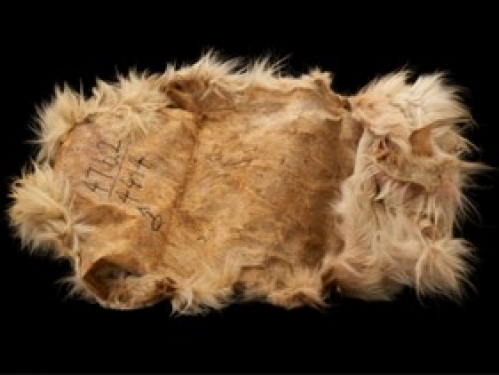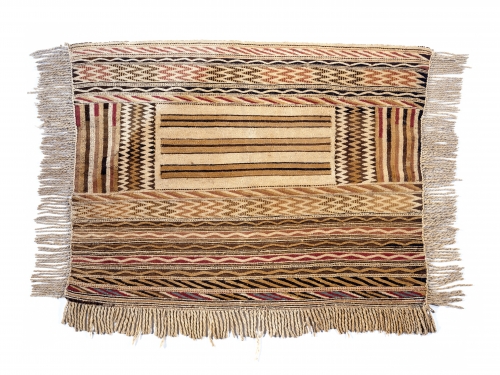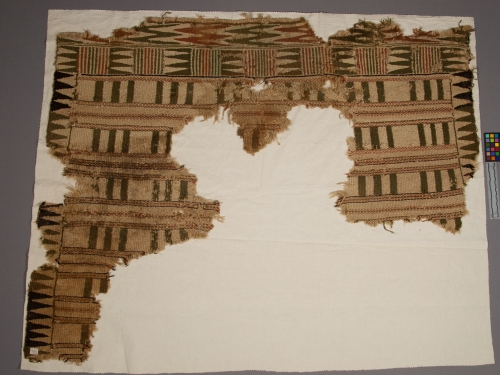By the mid-19th century, the once thriving Coast Salish dog wool-weaving tradition was in decline. In the late 1850s, naturalist and ethnographer George Gibbs cared for a woolly dog named Mutton. When Mutton died in 1859, Gibbs sent his pelt to the nascent Smithsonian Institution, where the fleece has resided ever since.
Mutton’s genetics could tell the researchers little about what caused these dogs to decline. Traditionally, scholars have speculated that the arrival of machine-made blankets to the region in the early 19th century made woolly dogs expendable. But insights from Coast Salish community members and experts revealed that it was improbable that such a central part of Coast Salish society could be replaced.
Woolly dogs were likely doomed by numerous factors impacting the Coast Salish tribal nations after European settlers arrived. Due to disease and colonial policies of cultural genocide, displacement and forced assimilation, it likely became increasingly difficult or forbidden for Coast Salish communities to maintain their woolly dogs.

